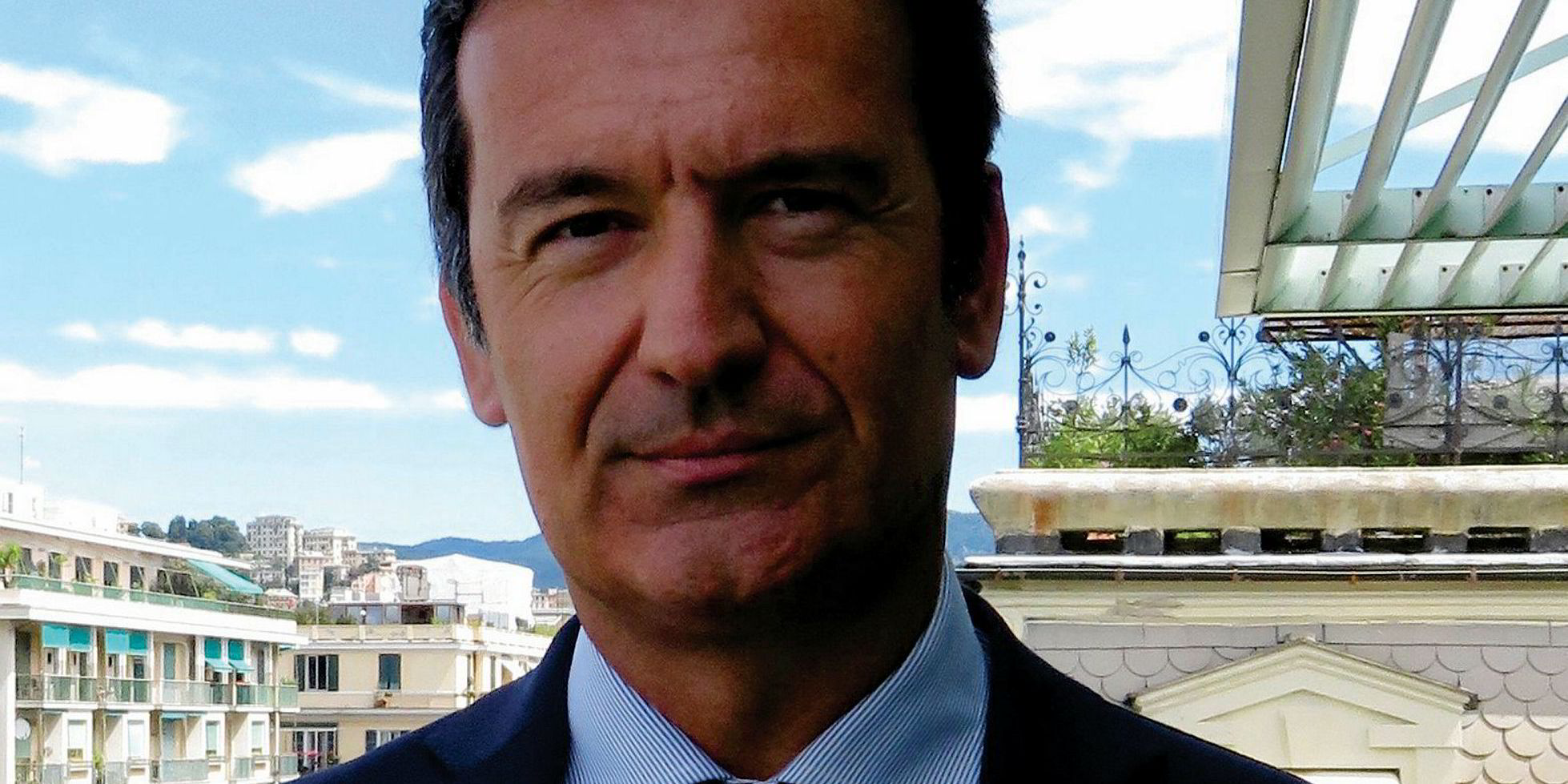Cruiseships are evolving in design to differentiate between competitors and also to conform with new regulations.
Many regulations relate to the growing size of cruiseships and their increasing areas of operation, including polar regions.
Paolo Moretti, Rina’s executive vice president of marine, says cruiseships are part of a general trend in shipping to maximise economies of scale, although limited to some extent by port logistics, air draught and the size of channels.
Looking 10 years ahead, he says 300,000 gt is probably the largest cruiseship that the industry can consider. Near term, ships are unlikely to grow much larger than the 180,000-gt to 220,000-gt units currently being built for Carnival Corp, Royal Caribbean, MSC Cruises and Star Cruises.
John Hicks, Lloyd’s Register’s global passengership manager, says: “Safety is paramount.
“One of the larger changes coming up is to damage stability requirements, requiring most current designs to be modified.
“This means that all ships delivered after 31 December 2023 will need to be Solas 2020 compliant. This is a challenge being taken up by the yards.”
Moretti says the Solas prescription — for example, that lifeboats should have a maximum capacity of 150 passengers — no longer fits with newbuildings, which now have up to 6,000 passengers.
There would be insufficient room to accommodate enough lifeboats on the decks and this has driven alternative lifesaving design arrangements.
A waiver has allowed the use of lifeboats for up to 370 people if an equal level of safety can be demonstrated. Davits have been designed to allow direct lowering into the water of these much higher-capacity lifeboats.
Other design changes involve fire doors.
Moretti says designers, shipbuilders and classification societies working together now have various risk assessment techniques at their disposal, for example covering fire modelling and evacuation analysis.
Digitalisation supports the use of real-time simulation “so we go beyond the prescriptive limits of the regulations”, which may not be in tune with today’s mega cruiseships.
“Safe return to port has been another massive change because you have to assess so many systems to guarantee their redundancy, their segregation,” Moretti says. “I think there are over 150 different subsystems where you have to carry out the functionality and analysis very carefully.
“There should be no single failure that brings [with it] abandoning of the ship.”
Hicks adds: “The regulatory regime moving from prescriptive to goal and risk-based standards — especially around alternative design arrangements — has given owners, designers and shipyards more flexibility.
“Fire-rated materials have continually evolved, providing interior architects the opportunity to push the creative boundaries, yet remain compliant with the regulations and produce some very visual, striking places.
“There is also a large amount of interest in AES [alternative evacuation systems] being shown for newbuildings, as well as retrofit projects.
“Once the manufacturers have progressed to the point of an approved system, this product will be very disruptive to cruiseship designs in the near future.”
Moretti says environmental regulations have probably brought the biggest innovations, notably energy management, emissions reductions and new fuelling solutions.
For smaller vessels, he says the only emissions option remains burning low sulphur fuel or installing scrubbers, while LNG, or at least dual fuel, has become the choice on larger cruiseships for almost all companies, including Norwegian Cruise Line, which has a new prototype.
“Once we have the Carnival ships in service, I think they will bring a big boost to developing [LNG] infrastructure, at least in the Mediterranean and Caribbean,” Moretti says.
The technology already existed and now the focus is on more crew — especially engine room engineers — familiarisation, including bunkering procedures.
Retrofitting LNG is not a solution without jumboising to insert a large, cylindrical tank.
But on newbuildings, Moretti says space lost to fuel storage can be compensated by the need for less auxiliary equipment.
Hicks says electric propulsion is “here to stay in cruiseship design for the foreseeable future, although the method of producing that electricity is evolving”.
He says: “We have seen engines go from diesel to dual fuel to LNG and methanol, with the next step potentially being a hybrid system or fuel cells. The viability of hydrogen is being investigated in general by the industry, with an eye on developing a zero-carbon vessel.”
On pollution prevention, he adds: “Cruiseships have either switched over to burning compliant fuel or have fitted exhaust-cleaning systems. Additionally, a number of ships, mainly on Alaska and West Coast North America itineraries, have invested in cold ironing.
“Whilst these are all current solutions, they are only steps towards the next change in alternative fuels as we move towards a low carbon future.”
Rina considers fuel cells as possibly the biggest new technology in terms of alternative fuels.
Moretti says it is feasible that the first vessel could be constructed with full hydrogen fuel cell production in the next 10 years.
On a similar footing is the potential of digitalisation in analysing vessel performance and providing designers with feedback covering energy, safety and other issues, he says.



